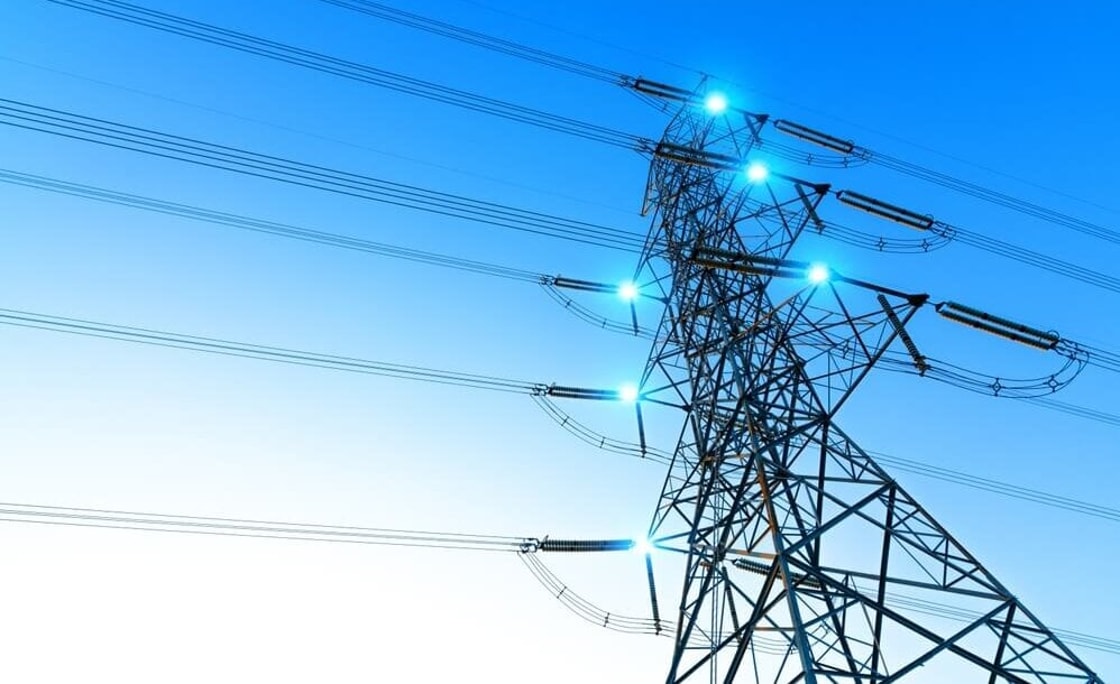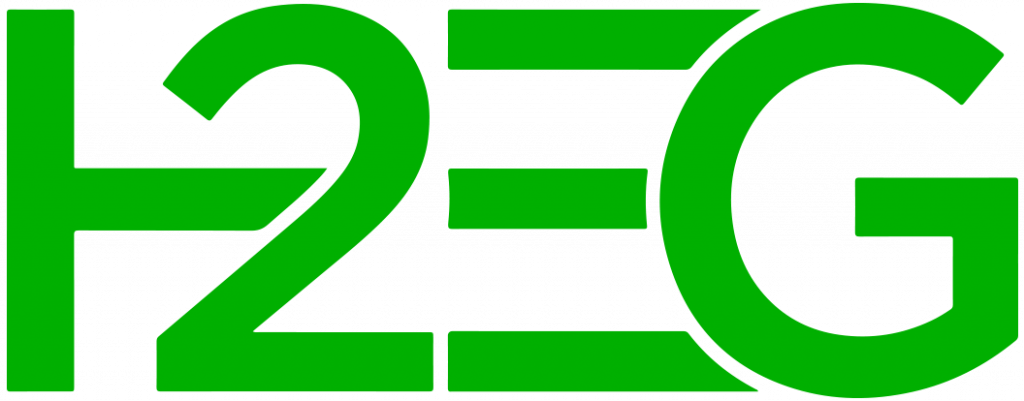
The selection from German-based Stablegrid Group could see ITM provide electrolysers to its 30MW and 680MW developments aimed at producing green hydrogen during periods of surplus renewables for storage in underground caverns.
The partners say the projects’ focus on grid-balancing could be significant, noting the “grid bridge” operating mode could help reduce negative redispatch costs, which they said amount to €2-3bn ($2.3–3.5bn) per year.
In practice, this means using electrolysers to absorb surplus renewable power before redispatch measures, where system operators adjust power output to prevent or resolve grid bottlenecks, are triggered.
“Reducing these costs to zero while putting surplus energy to meaningful use, ‘complementary hybrid redispatch,’ short ‘predispatch,’ contributes substantial cost savings to expansion of renewable energy,” it read.
While plans for how the hydrogen will be used remain unannounced, the focus on mass storage suggests the projects could feed into the under-construction 9,000km hydrogen core network in Germany.
For ITM, it comes as the UK electrolyser maker’s largest single customer selection to date.
The 30MW project, Netzbrücke 410 in Rüstringen, would see six of ITM’s 5MW containerised systems installed, with Stablegrid Group expecting to take final investment decision (FID) in 2026.
The second plant could see 680MW of indoor electrolyser capacity installed. While a location is yet to be revealed, Stablegrid and ITM are set to begin early engineering design work in January, with FID expected in 2028.
“Partnering with Stablegrid on these landmark grid balancing projects in Germany reinforces ITM’s position at the forefront of the energy transition in Europe’s largest economy,” said ITM CEO Dennis Schulz.
A report by Europe’s electricity system operator ENTSO-E said electrolysers could enable system flexibility, but warned that current EU green hydrogen rules — particularly the strict temporal matching requirements for RFNBO certification — could restrict their ability to do so.
Why our grids need balancing and where hydrogen fits in
Balancing the production and demand on electricity grids has been critical since the first grids. All the equipment and facilities connected to the grid require the voltage and frequency to be maintained within tight limits – in the UK this is 230 volts -6%, +10% and frequency within ±1% of 50Hz. As the public switch on or off appliances or businesses use machines, the electricity demand fluctuates, and the grid must respond accordingly.
Historically the grid was simple. Made up of a relatively small number of large power stations, the demand predictably followed the working day and the seasons. The National Grid control room would call the electricity generators and request that they ramp up or down, supplemented by fast-responding pumped hydro schemes. Similarly, they might call large electricity consumers and ask them to reduce their use in periods of high demand.
The grid has become far more complex and dynamic. Now comprised of the few large predictable mainly coal power stations it’s an increasing complex landscape of renewables generators – there are 1,336 solar farms alone in the UK. In addition to domestic electricity production the UK now has nine electrical interconnects to other countries, totalling 7.8GW capacity, which is nearly matched by grid storage batteries, with 7.4GW expected by the end of the year. Meanwhile, there are fewer of the large industries that created a stable baseload demand, with an increase in unpredictable demands such as heat pumps and vehicle charging.
Click here to keep reading.

